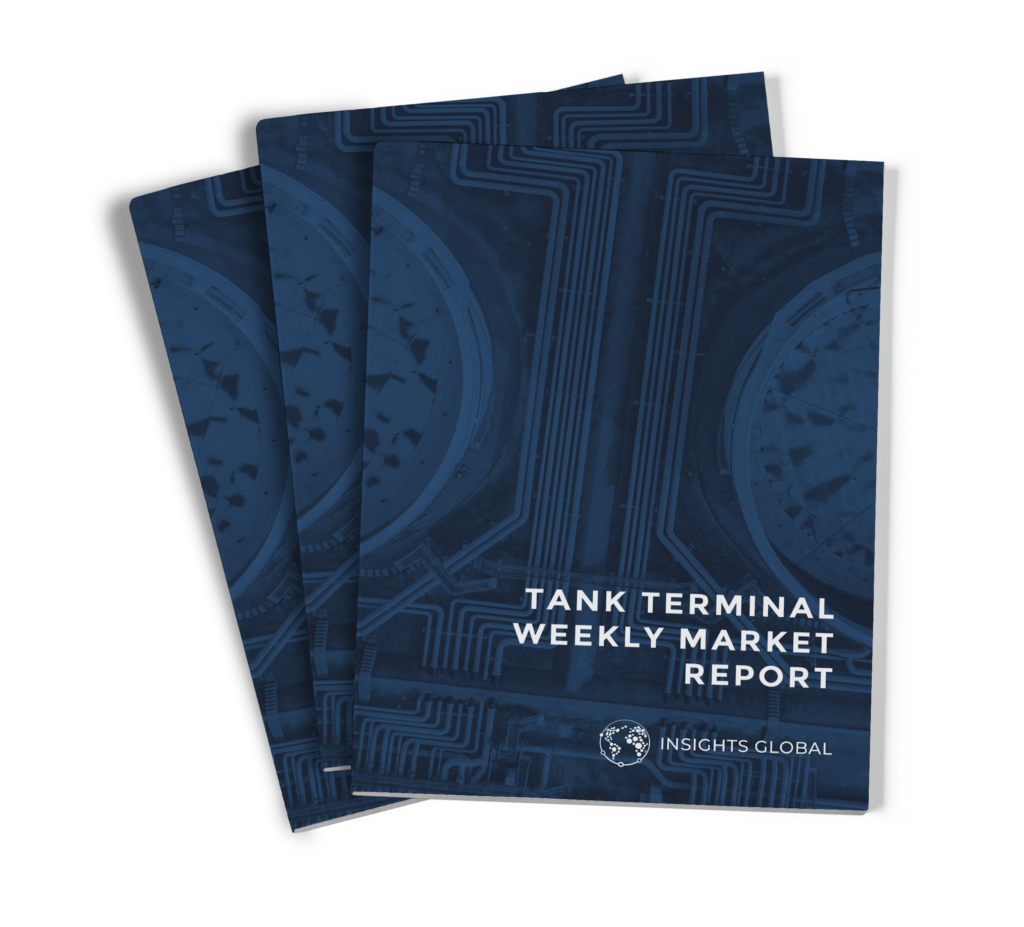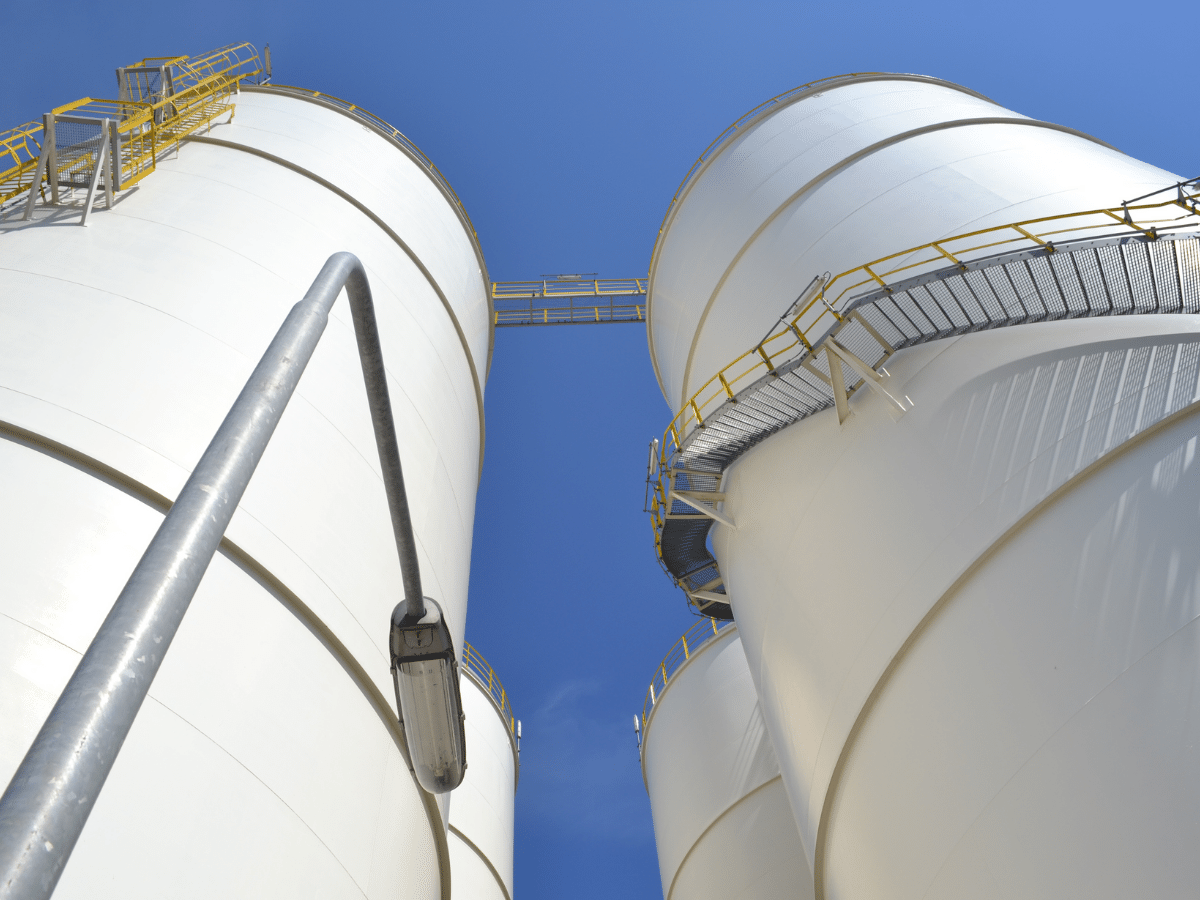The tank terminal market is very fragmented with more than a thousand terminal operators operating five thousand terminals worldwide (1). The global market leader Vopak owns just 5 percent of all tank terminals worldwide. Many smaller players are operating in and across niches. With increasing spot activity, vessel owners call many terminals that they are not familiar with. Each tank terminal now handles more vessels of different types and sizes than ever before (3). Buying and selling opportunities abound, but properly valuing a tank terminal has become a daunting task. So how do you determine the value of your tank terminal? In this article, we share 5 key indicators that will help you understand how much your tank terminal is worth.
Until some ten years ago tank terminal investments were exclusively the territory of industry players and private equity. Now increasingly pension and infrastructure funds are entering the market. With the yield on bonds approaching zero percent pension funds and insurance companies shift more of their capital allocations to riskier higher-yielding investment opportunities. And since typical core infrastructure investments like airports, ports, gas pipelines and toll roads are very competitive, tank terminals stand out as an interesting alternative (2) with a low-risk profile and stable revenue streams.
Countering this trend private equity firms are also becoming more creative to realize better returns on tank terminals. Some hire management teams from the storage industry to acquire and develop storage terminals for them, thereby turning a formerly distant investor into an active role of storage operators. Some have bought into existing storage companies with the same goal: turning hands-on experience and know-how into higher yields (2).
As an owner of a tank terminal one can profit from these trends because there are more buyers around plus investors looking for partnerships and acquiring strategic shares. This applies mostly to the independent operators, who have yet to position themselves in a nice market. Semi-captive players need to constantly reevaluate their proposition and be open to better partnerships. Fully captive sites are already vertically integrated in a branch of the industry so they will only be open to selling or investment when that industry is restructuring.
How to approach the valuation of your tank terminal
Before we look at the five factors determining the value of your tank terminal, let’s describe three approaches for valuation (4):
Income approach
The income or discounted cash flow approach requires inputs on prospective financial information, single- or multi-period cash flows, rates of return and long-term growth, and exit multiples and terminal values. Potential challenges with this approach include the availability of projections, unobservable industry growth/risk benchmarks, and a high level of subjectivity. Potential benefits of this method include capturing the asset-specific growth trajectory and risk/reward profile and sidestepping the lack of comparability across peer groups. Limitations include input parameters that can be difficult to estimate and the possibility of yielding negative values for early-stage projects.
Market approach
An alternative approach is looking at the general market of tank terminals and identifying similar transactions. Here we have for instance the so-called “cost of a comparable transaction” with the same reasoning as when a prospective home buyer checks out recent sales in a neighborhood. An alternative is the Guideline Public Company Method, which also looks for similarity but in this case of trading multiples of publicly traded companies that are similar to the subject company. However, pre-revenue companies lack a basis to apply meaningful multiples, and in general, there is a lack of comparability across peers due to differences in margin and cost structure, location, and the competitive landscape.
Cost approach
These methods provide the estimated replacement cost of an asset based on the current replacement cost minus the cost of depreciation, including deductions for physical deterioration and all relevant forms of obsolescence. Or they restate the individual assets and liabilities on the balance sheet to fair value. This method is easy to understand, but it fails to capture intangible assets like contracts, location, future growth and goodwill value.
The 5 key factors that influence the value of your tank terminal
From the limitations of these technical valuation techniques, follows that we need a complementary, more intuitive, birds-eye view to get at a decent valuation. So let’s bring in five key factors that singly influence the value of your tank terminal.
1. Location
The most important factor determining the value of your tank terminal is its location on the map. In most cases the surrounding industries, position within transport and distribution networks, and regional supply and demand dynamics determine the demand for tank space. A tank terminal on a bad spot is like a hotel in a disaster zone. An example: after the collapse of the Soviet Union in a few years’ time many tank terminals sprang up in booming industry and trade zones in the Baltics. Since then, the new strong Russian government has been consolidating elsewhere, especially around St. Petersburg. The Baltic tanks became partly redundant and crashed in value of course.
2. Infrastructure
A second related factor is the infrastructure of the tank terminal. A good location at the sea side is worthless without good maritime infrastructure. Are there good rail connections? What kind of pipelines are available or could be built? Do installations have security valves? Are there adequate fire extinguishers? Is the terminal maintained well enough and what’s the state of the equipment?
3. Business model
As outlined above, ever more diverse players are entering the market of tank terminals with varying business models for generating revenue. The employed or planned business model is the third factor determining the value of the tank terminal. We can discern four types of business models:
1/ An industrial terminal has low margins but a very stable business; In this setup, a tank terminal is located next to an industrial site. It is basically an outsourcing solution for the chemical site next door. All storage and logistical services are handled by the industrial terminal and the players on the chemical site pay a fee for that;
2/ A trade hub is a highly flexible set-up, mostly on prime locations and with bigger margins. Traders use the terminal to facilitate their arbitrage strategies. As such the terminal needs to be very flexible and responsive so that the trader can capture market opportunities. However, customers come and go and tanks quite often go empty for a while;
3/ an import or export terminal focuses on specific products entering and given clearance in a geographical area. Players in those regions need the terminal to either import products for consumption or to make bulk for exporting excess products;
4/ strategic storage is related to the security of supply issues and is mainly applicable to OECD countries.
The business model is often determined by historic choices with regard to clients, business development, and infrastructure development. Especially today it is important to be able to pivot towards more lucrative business models, and as outlined above this can be enabled by smart joint ventures between operators and investors.
4. Customer portfolio
The fourth factor determining the value of a tank terminal is the customer portfolio. Tanks have a lifetime of about 30 years and have long-term lease contracts for the soil they stand on. During this lifetime a terminal will develop a certain customer portfolio and when a terminal is sold the new owner, of course, continues with much of the existing customers. Having a client portfolio that consists of solid companies that have the potential and expressed their will to grow their business at your terminal is definitely very valuable.
5. Product specialization
Finally, the fifth factor for tank terminal value determination is which products specific tanks may store and what product markets the terminal is specialized in. For gasoline, there are other requirements than for, for example, chemicals. Many kinds of safety and sustainability regulations have to be complied with. Furthermore, specialization in certain products has benefits for clients as a terminal can act as a hub for such a product, generating economies of scale and operational efficiencies.
All in all, it’s quite a complex field for business developers and investors to make their moves. Technical tools like discounted cash flow or EBITDA multiples can never have the last say. Tank terminals offer a vast global playing field where sometimes inexperienced newcomers make very bad decisions. A good team of experienced operators and well-informed investors however can make tank terminal investments profitable. With the abovementioned 5 factors in mind, it becomes easier to geographically and economically zoom in to spot the best opportunities for buyers and sellers.

Are you struggling to understand the value your terminal provides to your clients?
Request a 4-week free trial for the Tank Terminal Weekly Market Report.
Sources:

